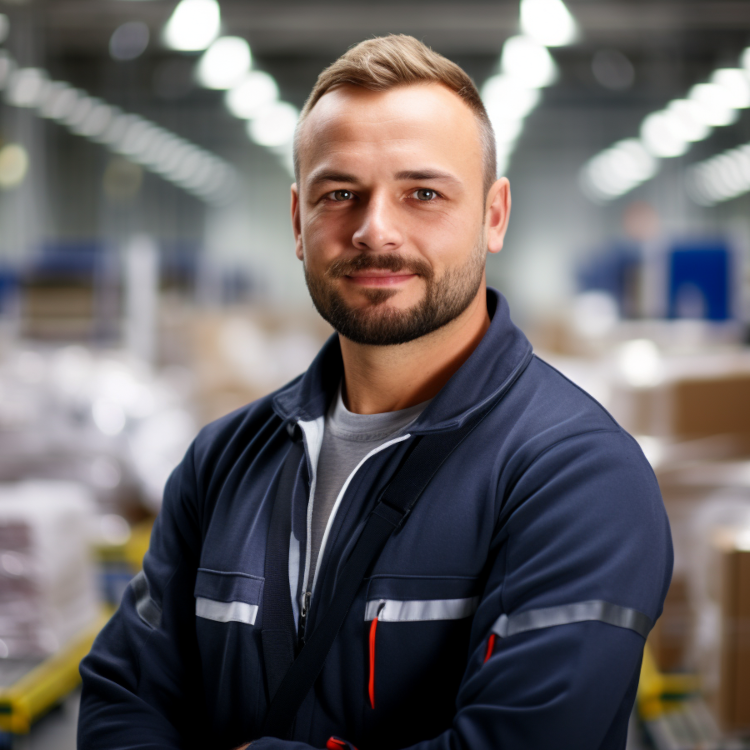


In the ever-evolving landscape of technology, electronics have become an integral part of our daily lives. From smartphones to smart home devices, mastering the art of electronics involves understanding the gadgets and devices that shape our connected world. This comprehensive guide offers valuable insights and tips for navigating the vast realm of electronics, from making informed purchasing decisions to optimizing the performance of your gadgets.
Stay Informed about the Latest Tech Trends:
The world of electronics is dynamic, with new technologies emerging regularly. Stay informed about the latest tech trends by following reputable tech blogs, attending conferences, and exploring online forums. This knowledge will empower you to make informed decisions when purchasing new devices.
Understand Device Specifications:
Before purchasing any electronic device, familiarize yourself with its specifications. Understand terms like processor speed, RAM, storage capacity, and display resolution. Knowing these specifications helps you choose devices that align with your usage needs and preferences.
Prioritize Security and Privacy:
As technology advances, so do concerns about security and privacy. Prioritize devices with robust security features and consider using additional measures like two-factor authentication. Regularly update your software to patch security vulnerabilities and protect your data.
Invest in Quality Accessories:
Enhance the functionality and longevity of your electronics by investing in quality accessories. High-quality chargers, cables, and protective cases can prevent damage and optimize the performance of your devices. Avoid using cheap accessories that may compromise the safety and efficiency of your electronics.
Explore Smart Home Technology:
Smart home devices are transforming the way we interact with our living spaces. Explore smart home technology, including smart thermostats, lighting, security cameras, and voice-activated assistants. Integrating these devices can enhance convenience, security, and energy efficiency in your home.
Embrace Wireless Connectivity:
Wireless connectivity has become a standard feature in many electronic devices. Embrace the convenience of Bluetooth, Wi-Fi, and NFC technologies. Wireless headphones, speakers, and smartwatches provide a seamless and clutter-free user experience.
Learn Basic Troubleshooting:
Equip yourself with basic troubleshooting skills to address common issues with your electronics. Knowing how to reboot devices, clear caches, and troubleshoot connectivity problems can save time and prevent unnecessary frustration.
Explore DIY Electronics Projects:
For those interested in a hands-on approach, exploring do-it-yourself (DIY) electronics projects can be a rewarding endeavor. Start with beginner-friendly kits and gradually advance to more complex projects like building your gadgets or experimenting with Arduino and Raspberry Pi.
Practice Responsible E-Waste Management:
Dispose of electronic waste responsibly by recycling old devices through authorized e-waste recycling programs. Many manufacturers and retailers offer recycling options for electronics. This practice helps reduce environmental impact and ensures that hazardous materials are properly handled.
Backup and Sync Data:
Regularly backup and sync your data to prevent loss in the event of device failure or theft. Cloud storage services, external hard drives, and automated backup solutions are essential tools for safeguarding important files, photos, and documents.
Keep Devices Clean:
Maintain the cleanliness of your electronic devices to ensure optimal performance. Use microfiber cloths to clean screens, remove dust from vents, and keep keyboards and ports free from debris. Regular cleaning not only enhances the aesthetics but also extends the life of your electronics.
Mindful Device Usage:
Practice mindful usage of electronic devices to promote overall well-being. Implement digital detoxes, set screen time limits, and establish healthy boundaries for device usage, especially before bedtime. Balancing technology use contributes to improved mental health and better sleep quality.
Electronics, computers, and smartphones are three interconnected and rapidly evolving areas of technology that have transformed the way we live, work, and communicate. Here is some more information about each of these areas:
Electronics: Electronics refers to the science and technology of electrical circuits and components. This includes devices such as televisions, radios, home appliances, and electronic toys. In recent years, the electronics industry has seen significant advancements in areas such as renewable energy, Internet of Things (IoT), and automation.
Computers: A computer is an electronic device that can store, process, and retrieve data. Computers have become an essential part of modern life, used for everything from work and education to entertainment and communication. Advances in computer technology have led to faster processing speeds, increased storage capacity, and improved graphics capabilities.
Smartphones: A smartphone is a mobile phone that can also perform many of the functions of a computer, such as accessing the internet, running applications, and storing data. Smartphones have become ubiquitous in modern society, with billions of people around the world relying on them for communication, entertainment, and productivity. Advances in smartphone technology have led to features such as facial recognition, augmented reality, and 5G connectivity.
Electronics, computers, and smartphones are all connected in technology and production, as they rely on similar components and manufacturing processes.
For example, all three rely on semiconductors, which are used to create electronic devices such as microprocessors and memory chips. These semiconductors are manufactured in specialized fabrication plants known as "fabs," which require significant investment and expertise.
All three also require software development, with computer programs and mobile apps essential for the functionality of computers and smartphones. These software programs are developed using programming languages, and rely on similar programming concepts and techniques.
Furthermore, electronics, computers, and smartphones all use similar production processes, such as surface-mount technology (SMT), which involves mounting electronic components onto printed circuit boards (PCBs).
This interconnectivity has led to the rapid evolution of these technologies, as advancements in one area often lead to advancements in others.
There are many innovations happening in the fields of electronics, computers, and smartphones. Here are a few examples:
Artificial Intelligence (AI): AI is one of the biggest trends in technology today, with applications in everything from voice assistants to self-driving cars. AI is also being used in electronics manufacturing, where it can help improve quality control and optimize production processes.
5G Connectivity: 5G is the latest generation of wireless connectivity, offering faster speeds and lower latency than previous technologies. 5G networks are expected to enable a wide range of new applications, including autonomous vehicles, augmented and virtual reality, and smart cities.
Quantum Computing: Quantum computing is a new paradigm in computing that is based on quantum mechanics. Quantum computers have the potential to solve complex problems much faster than classical computers and could have applications in fields such as cryptography and drug discovery.
Flexible Electronics: Flexible electronics are electronic devices that can be bent, folded, or stretched. These devices have a wide range of potential applications, including wearable technology, healthcare monitoring, and flexible displays.
Biometrics: Biometric technologies, such as facial recognition and fingerprint scanning, are becoming increasingly common in electronic devices. These technologies offer enhanced security and convenience and are being used in everything from smartphones to bank ATMs.
These innovations have the potential to transform the way we live and work, and will likely continue to drive technological progress for years to come.
Mastering the art of electronics involves a combination of staying informed, making informed purchases, and adopting responsible usage habits. By incorporating these tips into your electronic lifestyle, you can navigate the ever-evolving world of gadgets and devices with confidence. Embrace the transformative power of technology while maintaining a mindful and responsible approach to your electronic interactions.
Sincerely yours,

We use cookies
We use cookies and other tracking technologies to improve your browsing experience on our website, to show you personalized content and targeted ads, to analyze our website traffic, and to understand where our visitors are coming from. Privacy Policy.